Home>Furniture & Design>Living Room Furniture>How To Pick Chairs For A Dining Table
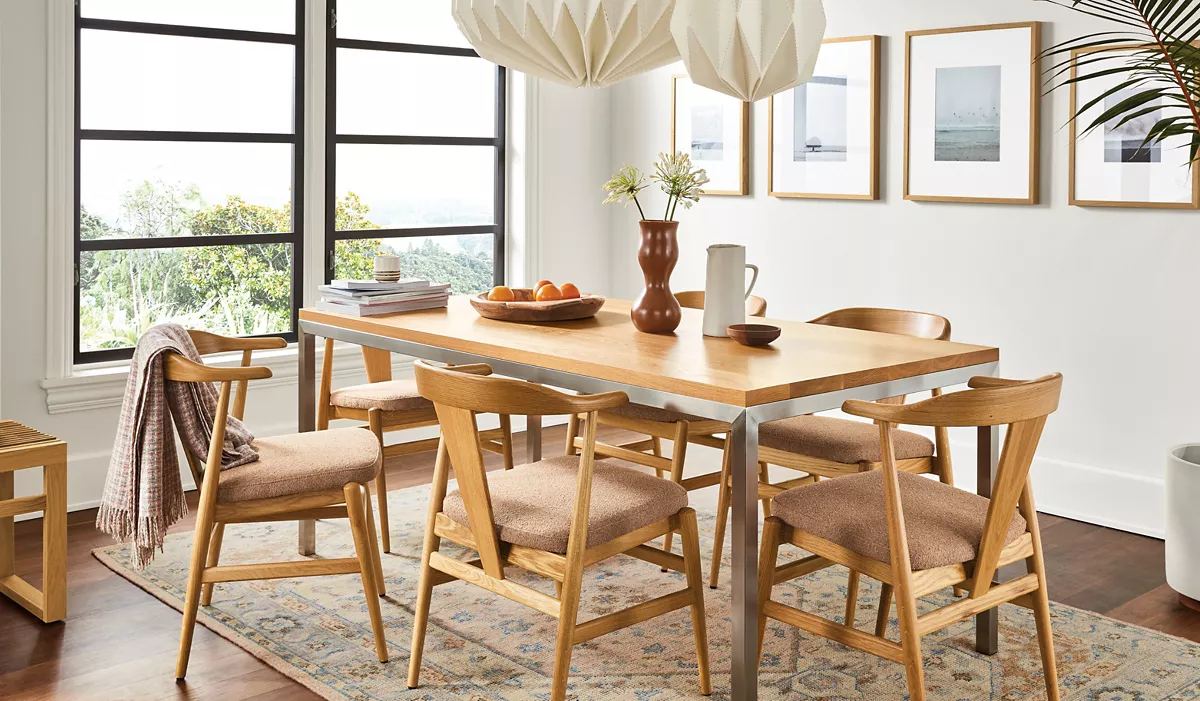

Living Room Furniture
How To Pick Chairs For A Dining Table
Modified: January 31, 2024
Discover the best chairs for your dining table with our expert tips. Explore a wide range of living room furniture and design options to elevate your space.
(Many of the links in this article redirect to a specific reviewed product. Your purchase of these products through affiliate links helps to generate commission for Storables.com, at no extra cost. Learn more)
**
Introduction
**
When it comes to furnishing a dining room, selecting the perfect chairs for your dining table is a crucial decision. The right chairs not only complement the aesthetics of the table but also contribute to the overall ambiance of the space. Whether you are hosting a formal dinner party or enjoying a casual family meal, the dining chairs play a pivotal role in ensuring comfort and style.
Choosing the ideal dining chairs involves considering various factors, such as the size and shape of the table, the material and style of the chairs, and the level of comfort they provide. By carefully evaluating these aspects, you can create a harmonious and inviting dining area that reflects your personal taste and enhances the dining experience for you and your guests.
In this guide, we will explore the essential considerations for selecting dining chairs that perfectly complement your table and meet your functional and aesthetic preferences. From understanding the impact of chair size and material to embracing different styles and ensuring comfort, this article will equip you with the knowledge to make informed decisions and elevate the appeal of your dining space. Let's delve into the art of choosing dining chairs that strike the perfect balance between form and function.
**
Key Takeaways:
- Choose dining chairs that fit your table’s size and shape for a comfortable and visually pleasing dining experience. Consider the width, length, and height of the table to ensure the right fit.
- Match the style and material of your dining chairs with your table to create a cohesive and inviting dining space. Whether it’s classic elegance, modern simplicity, or rustic charm, harmonizing the chairs with the table enhances the overall aesthetic appeal.
Read more: How To Pick Dining Room Chairs
Consider the Size of the Dining Table
**
Before embarking on the quest for the ideal dining chairs, it is essential to assess the dimensions of your dining table. The size and shape of the table will significantly influence the selection of chairs, ensuring a cohesive and visually pleasing arrangement.
First and foremost, consider the width and length of the table. For a rectangular table, the number of chairs you can comfortably place along each side will depend on its size. As a general guideline, allow approximately 24 inches of width for each chair to ensure ample elbow room and unrestricted movement during meals. Additionally, consider the space at the head of the table, as armchairs may require extra clearance.
For round or oval tables, the number of chairs will be determined by the diameter or circumference of the table. These tables often offer more flexibility in terms of chair placement, as the absence of corners allows for a smoother flow of movement around the table.
Furthermore, take into account the height of the table. The ideal dining chair should complement the table’s height, allowing for a comfortable dining posture. Standard dining tables typically have a height of 28 to 30 inches, so ensure that the chairs provide adequate support and allow for easy maneuvering without feeling too low or too high in comparison to the table.
By carefully evaluating the size and shape of your dining table, you can determine the number of chairs it can accommodate and the spacing required to facilitate a seamless dining experience. This foundational understanding will guide your search for dining chairs that harmonize with the table and contribute to an inviting and functional dining area.
**
Choose the Right Material
**
When selecting dining chairs, the choice of material is a pivotal factor that influences both the aesthetic appeal and the practicality of the furniture. The material not only contributes to the overall style of the dining space but also determines the chairs’ durability and maintenance requirements.
Wooden chairs are a timeless and versatile option, offering a classic appeal that complements various interior styles. Hardwood chairs, such as oak, maple, or walnut, exude a sense of elegance and sturdiness, making them ideal for traditional or rustic dining settings. Alternatively, chairs crafted from lighter woods, such as birch or ash, can infuse a contemporary and airy ambiance into the dining area.
Metal chairs, such as those made from steel or aluminum, are renowned for their durability and modern aesthetic. These chairs are often lightweight and easy to clean, making them suitable for busy households or outdoor dining spaces. Additionally, metal chairs can be paired with cushions or upholstery to enhance comfort without compromising their sleek and industrial charm.
For a luxurious and refined look, consider upholstered dining chairs. These chairs feature fabric or leather upholstery, providing a plush and inviting seating option for prolonged dining experiences. Upholstered chairs offer a wide range of customization opportunities, allowing you to introduce textures, patterns, and colors that complement the dining room’s decor and create a cozy atmosphere.
Plastic or acrylic chairs present a contemporary and minimalist aesthetic, ideal for modern and eclectic dining spaces. These chairs are lightweight, easy to maintain, and often available in a spectrum of vibrant hues, adding a pop of color to the dining area. Their versatility and resilience make them suitable for both indoor and outdoor dining setups.
By carefully considering the material of the dining chairs, you can align their visual and functional attributes with your personal preferences and the overall design concept of the dining room. Whether you prioritize durability, comfort, or style, the choice of material plays a pivotal role in curating an inviting and visually captivating dining space.
**
Select the Style of Chairs
**
Choosing the right style of dining chairs is an opportunity to infuse personality and character into your dining space. The style of the chairs can significantly impact the overall ambiance, reflecting your design preferences and contributing to a cohesive and visually appealing interior.
For a classic and timeless look, opt for traditional dining chairs characterized by intricate detailing, curved lines, and rich wood finishes. These chairs often feature ornate carvings, turned legs, and upholstered seats, exuding a sense of sophistication and elegance. Traditional chairs are well-suited for formal dining rooms or those with a vintage-inspired aesthetic.
Modern and minimalist dining chairs embrace clean lines, sleek silhouettes, and understated elegance. These chairs prioritize simplicity and functionality, often showcasing angular shapes, metal accents, and monochromatic finishes. Whether crafted from wood, metal, or plastic, modern dining chairs contribute to a contemporary and streamlined dining area, ideal for those with a penchant for sleek and uncluttered design.
Rustic or farmhouse-style dining chairs evoke a sense of warmth, comfort, and nostalgia. These chairs often feature distressed finishes, natural wood grains, and sturdy construction, embodying a relaxed and inviting atmosphere. Whether adorned with cross-back designs or ladder-back detailing, rustic chairs are well-suited for casual dining spaces with a cozy and welcoming vibe.
Transitional dining chairs offer a harmonious blend of traditional and contemporary elements, catering to individuals who appreciate a balanced fusion of timeless elegance and modern flair. These chairs may feature a mix of materials, such as wood and metal, or incorporate subtle design details that bridge the gap between classic and contemporary styles. Transitional chairs provide versatility and adaptability, seamlessly complementing a wide range of interior themes and decor schemes.
Ultimately, the style of the dining chairs should resonate with your personal taste and complement the overall design narrative of the dining room. Whether you gravitate towards opulent elegance, sleek modernity, cozy charm, or a seamless fusion of styles, the choice of chair style is a pivotal element in curating a captivating and inviting dining space.
**
When picking chairs for a dining table, make sure to measure the height of the table and choose chairs that allow enough space for comfortable seating and legroom. Also, consider the style and material of the chairs to complement the table.
Ensure Comfort and Support
**
While the visual appeal of dining chairs is undeniably important, prioritizing comfort and support is essential for creating an inviting and enjoyable dining experience. The ergonomic design and cushioning of the chairs significantly contribute to the comfort level, ensuring that your guests can linger at the table with ease and relaxation.
When evaluating the comfort of dining chairs, consider the seat depth and width. Opt for chairs that provide ample space for individuals to sit comfortably without feeling cramped. Additionally, the angle of the backrest and the presence of lumbar support are crucial factors that enhance the overall comfort level, especially during extended meals or gatherings.
Upholstered dining chairs offer a plush seating option, providing a layer of cushioning that promotes comfort and relaxation. Whether upholstered in fabric or leather, these chairs offer a soft and inviting seating experience, ideal for leisurely dining occasions. However, it is important to consider the maintenance and cleaning requirements of upholstered chairs, especially in households with children or pets.
For wooden or metal chairs, the addition of seat cushions or removable pads can enhance comfort without compromising the aesthetic appeal. These cushions can be easily interchanged to introduce seasonal accents or provide extra padding as needed, offering a versatile and practical solution for optimizing comfort.
Ergonomic design elements, such as curved backrests and contoured seats, contribute to the overall support and posture alignment, ensuring that the chairs promote a comfortable dining experience. Additionally, chairs with armrests provide added support and relaxation, ideal for leisurely meals or gatherings where guests may appreciate the option to rest their arms.
By prioritizing comfort and support in the selection of dining chairs, you can create a welcoming and accommodating dining space that encourages guests to savor their meals and engage in lively conversations without discomfort. The fusion of ergonomic design and plush cushioning ensures that the dining chairs not only enhance the visual allure of the space but also elevate the overall dining experience.
**
Read more: How To Paint Dining Chairs?
Match the Chairs with the Table
**
Harmonizing the dining chairs with the table is essential for creating a cohesive and visually appealing dining area. The seamless integration of the chairs with the table’s design, material, and proportions enhances the overall aesthetic appeal and elevates the dining experience for both residents and guests.
When selecting dining chairs, consider the design and material of the dining table. For wooden tables, opt for chairs that complement the wood tone and grain, creating a sense of unity and continuity in the dining space. Whether matching the chairs and table precisely or introducing complementary wood finishes, the cohesive interplay of materials fosters a harmonious and balanced ambiance.
For glass or metal tables, consider dining chairs with metal accents or sleek upholstery to complement the modern and minimalist aesthetic. The chairs’ design and material should align with the table’s visual language, contributing to a unified and sophisticated dining setting.
Proportionality is another crucial aspect to consider when matching chairs with the table. Ensure that the chairs are proportionate to the table’s dimensions, maintaining a balanced visual composition and facilitating comfortable seating. The height of the chairs should align with the table’s surface, allowing for a seamless and visually pleasing arrangement.
Additionally, the style of the chairs should resonate with the overall design theme of the dining room. Whether aiming for a formal, casual, traditional, or contemporary ambiance, the chairs should complement the decor and contribute to the cohesive narrative of the space. Embracing a cohesive design approach ensures that the dining chairs seamlessly integrate with the table, creating a captivating and unified dining environment.
By carefully matching the dining chairs with the table, you can curate a dining area that exudes sophistication, harmony, and visual allure. The thoughtful interplay of design elements and materials fosters a captivating and inviting space, where the chairs and table coalesce to form a cohesive and visually captivating ensemble.
**
Conclusion
**
The process of selecting dining chairs for your table extends beyond mere functionality; it is an opportunity to infuse your dining space with style, comfort, and visual harmony. By considering the size and shape of the table, the material and style of the chairs, and the importance of comfort and support, you can curate a dining area that reflects your personal taste and elevates the overall dining experience.
Understanding the dimensions of your dining table is fundamental in determining the number of chairs it can accommodate and the spacing required for a seamless dining experience. Carefully assessing the material of the chairs allows you to align their aesthetic and practical attributes with your design preferences and maintenance considerations.
Furthermore, embracing a chair style that resonates with your design narrative and personal taste infuses character and charm into the dining space, contributing to a cohesive and visually captivating interior. Prioritizing comfort and support ensures that your guests can savor their meals and engage in lively conversations without discomfort, fostering an inviting and accommodating dining environment.
Finally, by harmonizing the chairs with the table, you can create a unified and visually appealing dining area where every element, from the material and design to the proportions and style, contributes to a harmonious and captivating ensemble.
Ultimately, the art of choosing dining chairs for your table is a thoughtful and creative endeavor that allows you to craft a dining space that encapsulates your unique style and enhances the dining experience for you and your guests. Whether you opt for classic elegance, modern sophistication, rustic charm, or a seamless fusion of styles, the perfect dining chairs will complement your table and set the stage for memorable meals and cherished gatherings.
Frequently Asked Questions about How To Pick Chairs For A Dining Table
Was this page helpful?
At Storables.com, we guarantee accurate and reliable information. Our content, validated by Expert Board Contributors, is crafted following stringent Editorial Policies. We're committed to providing you with well-researched, expert-backed insights for all your informational needs.
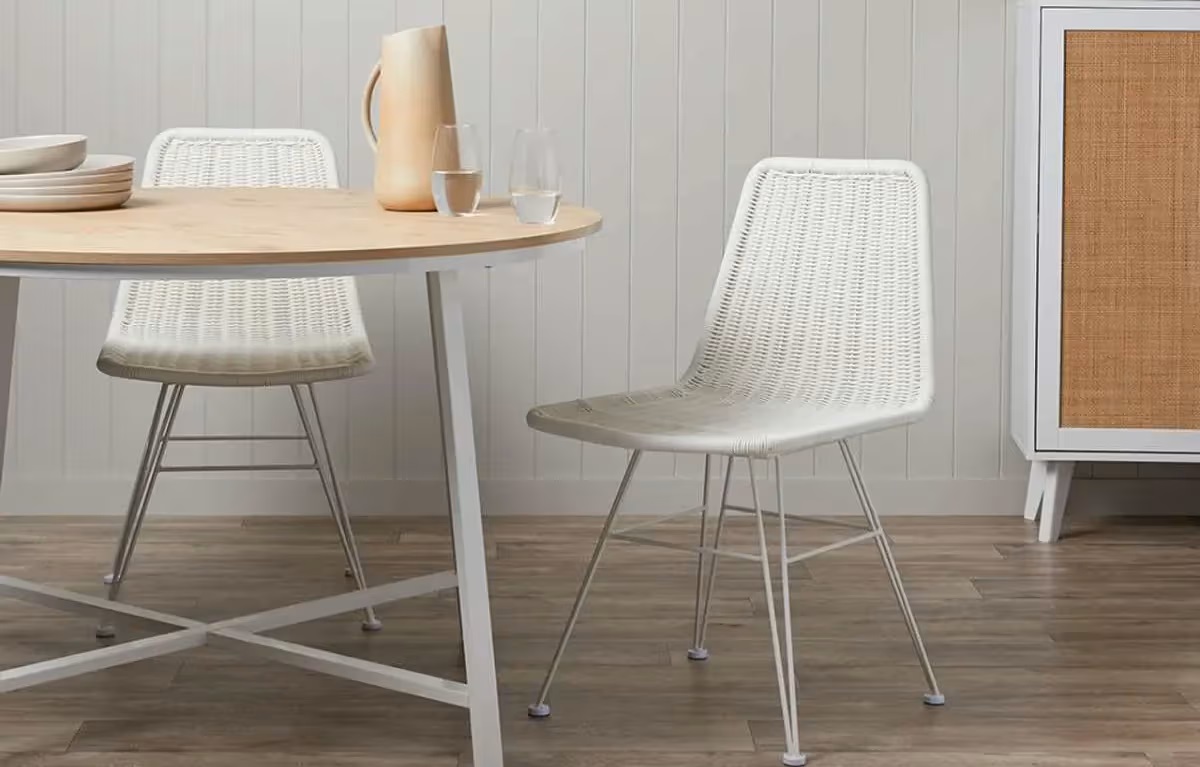
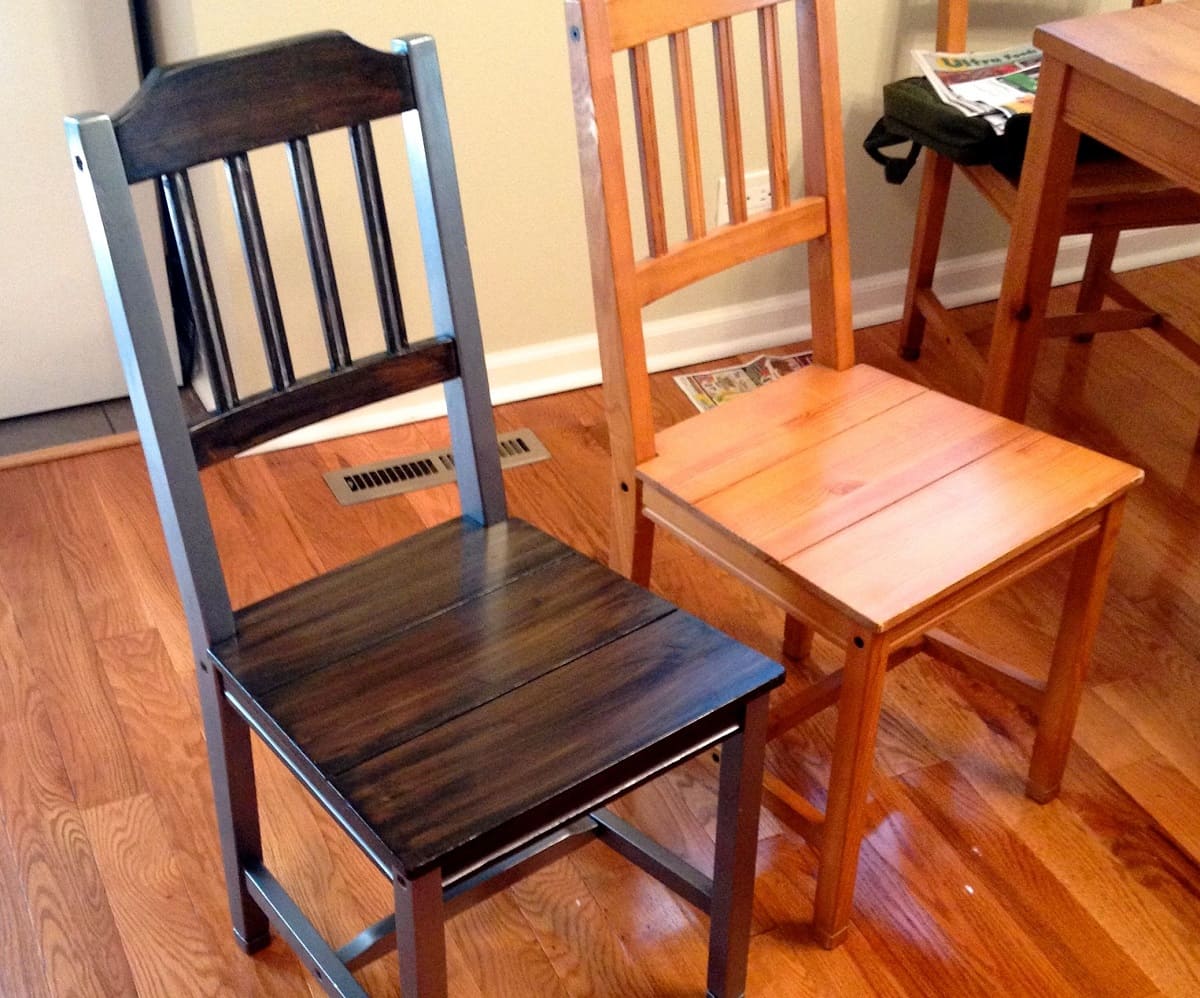
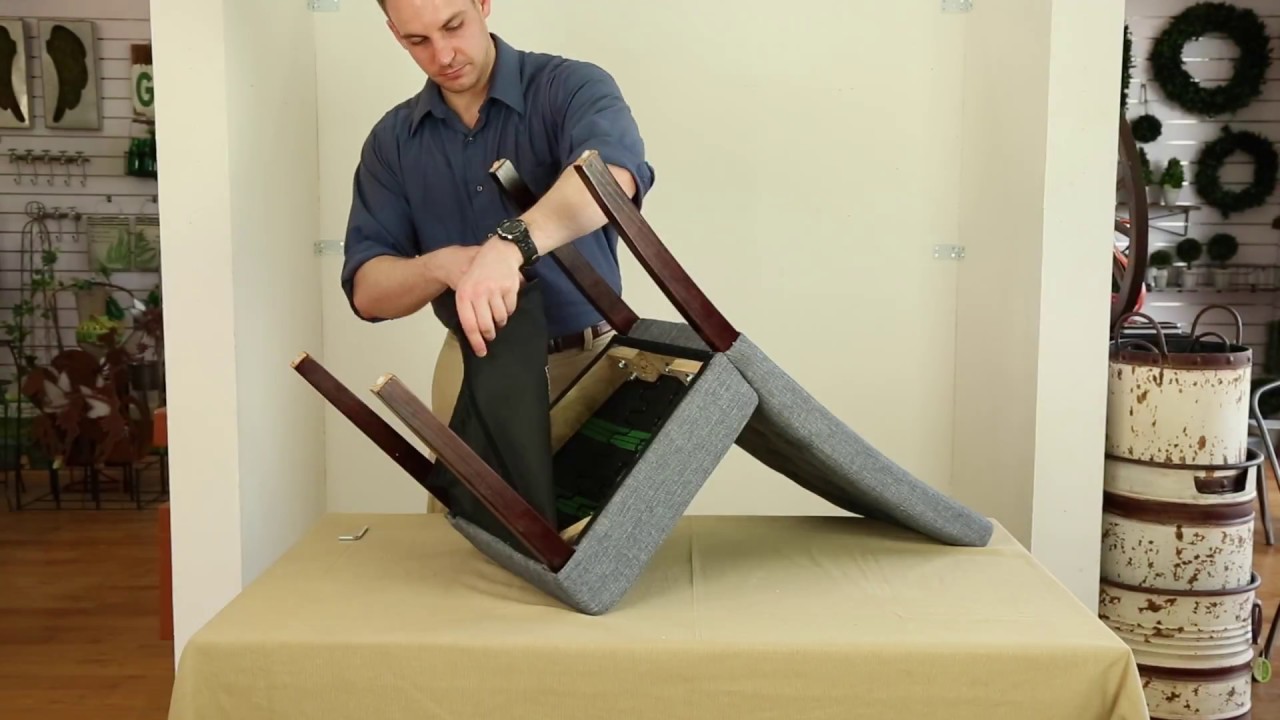
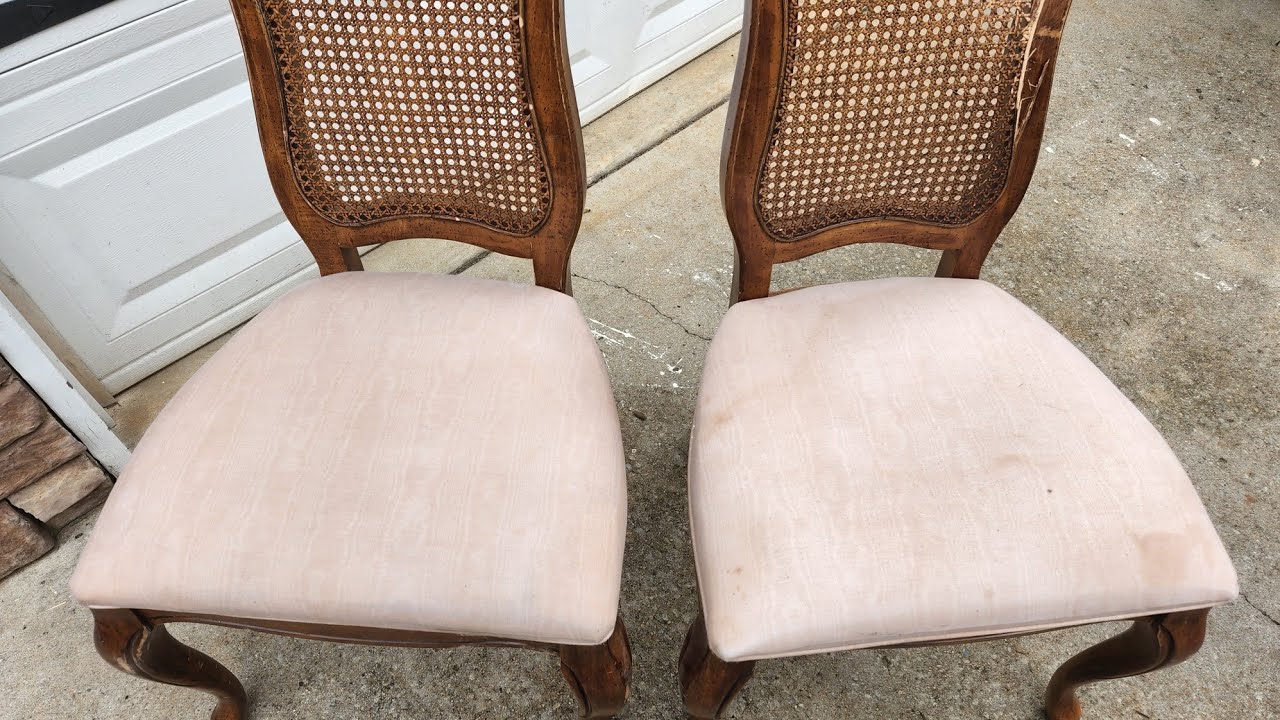
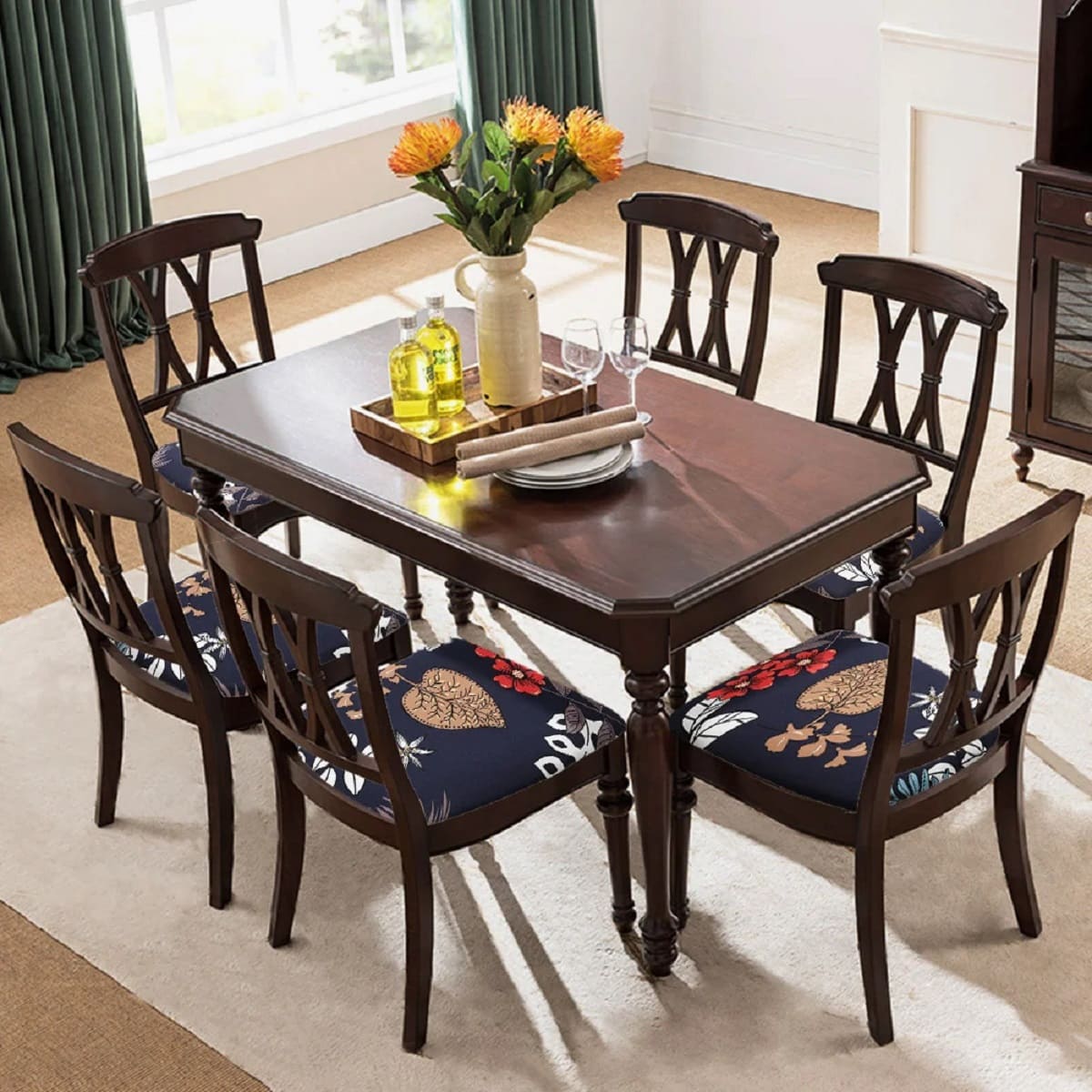
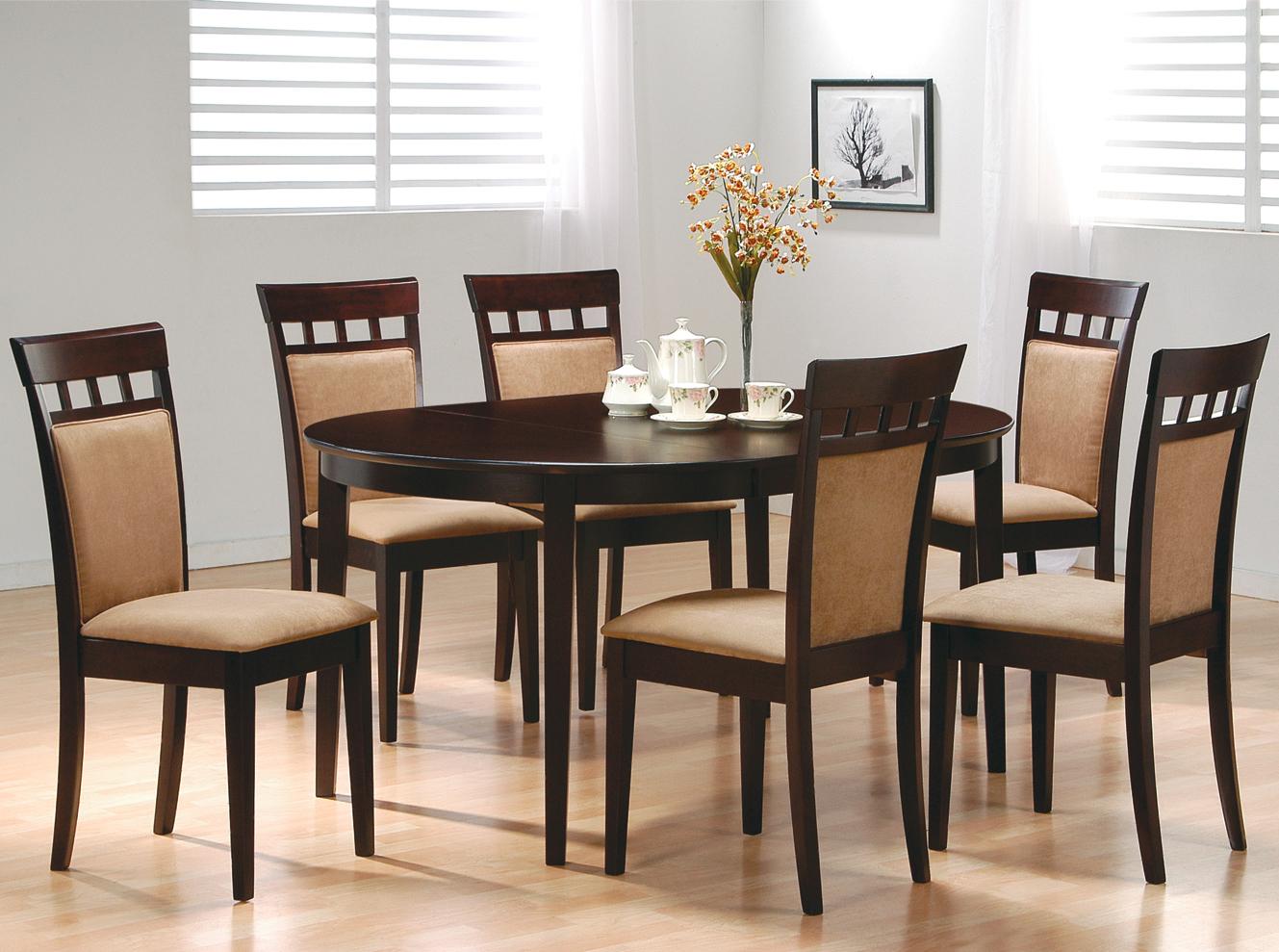
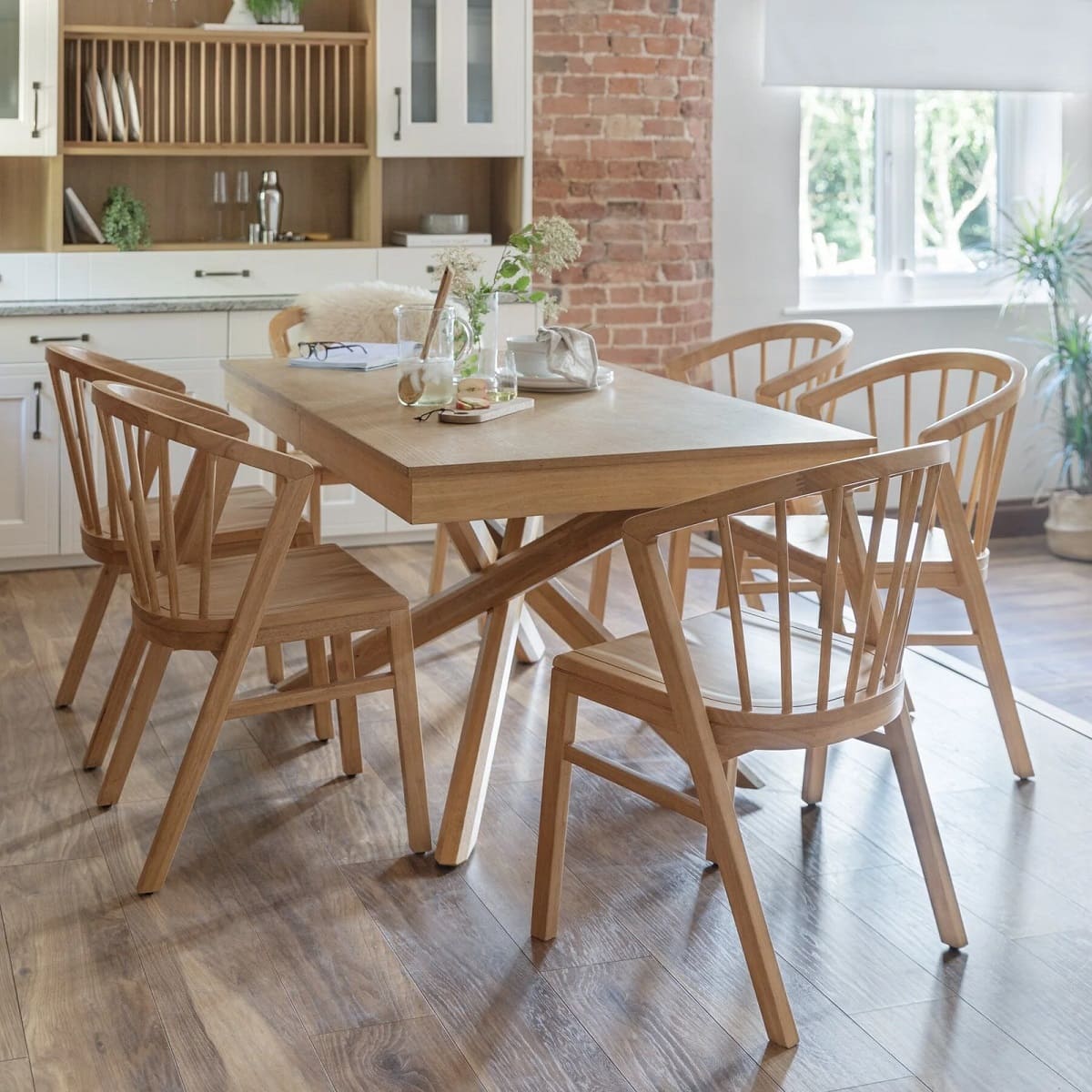
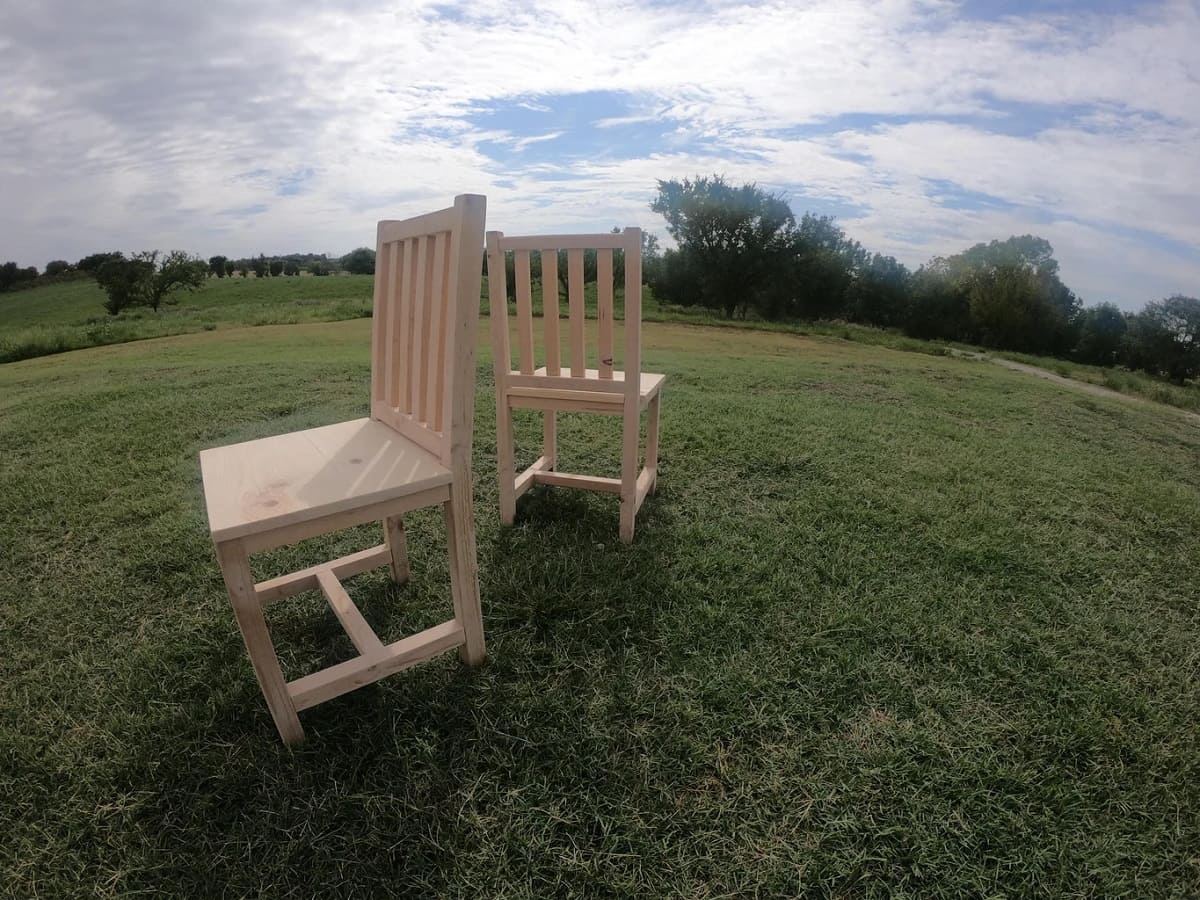
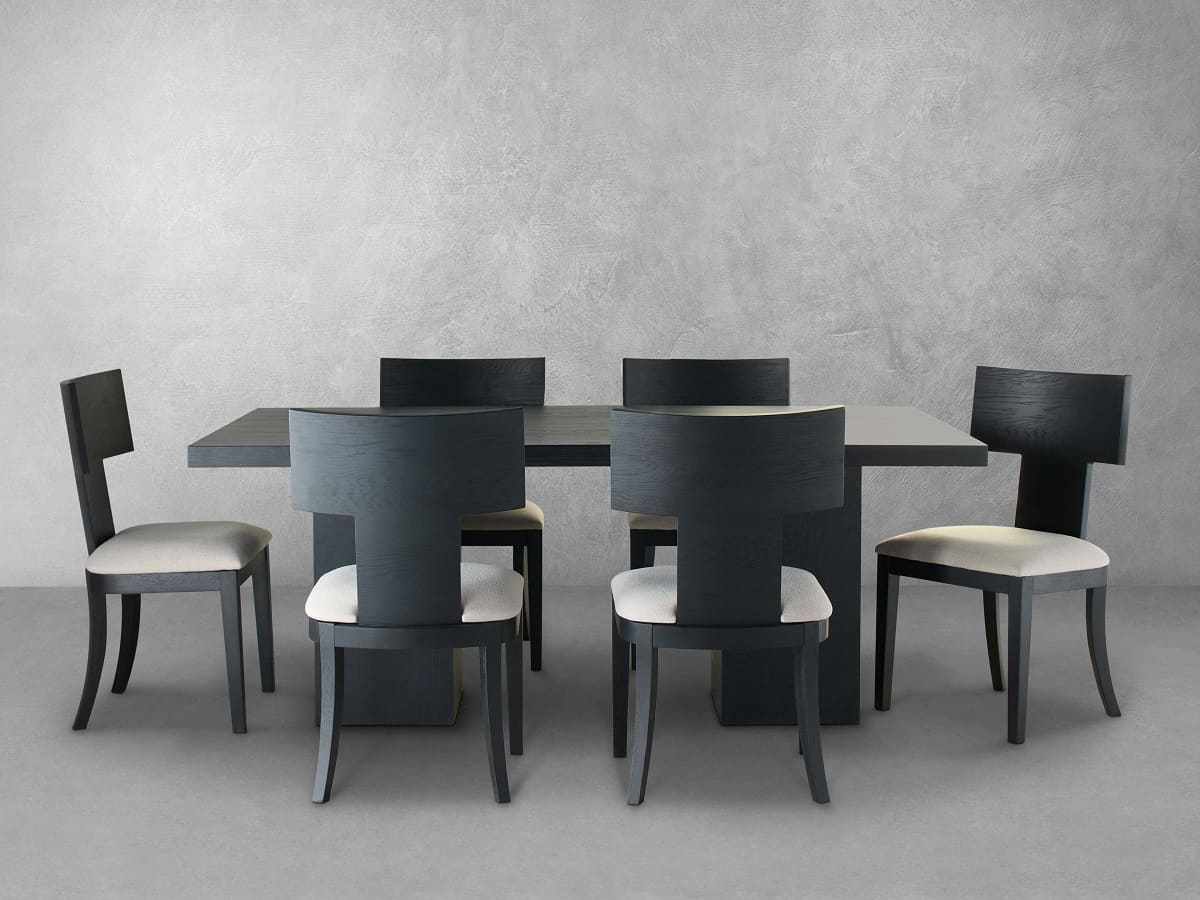
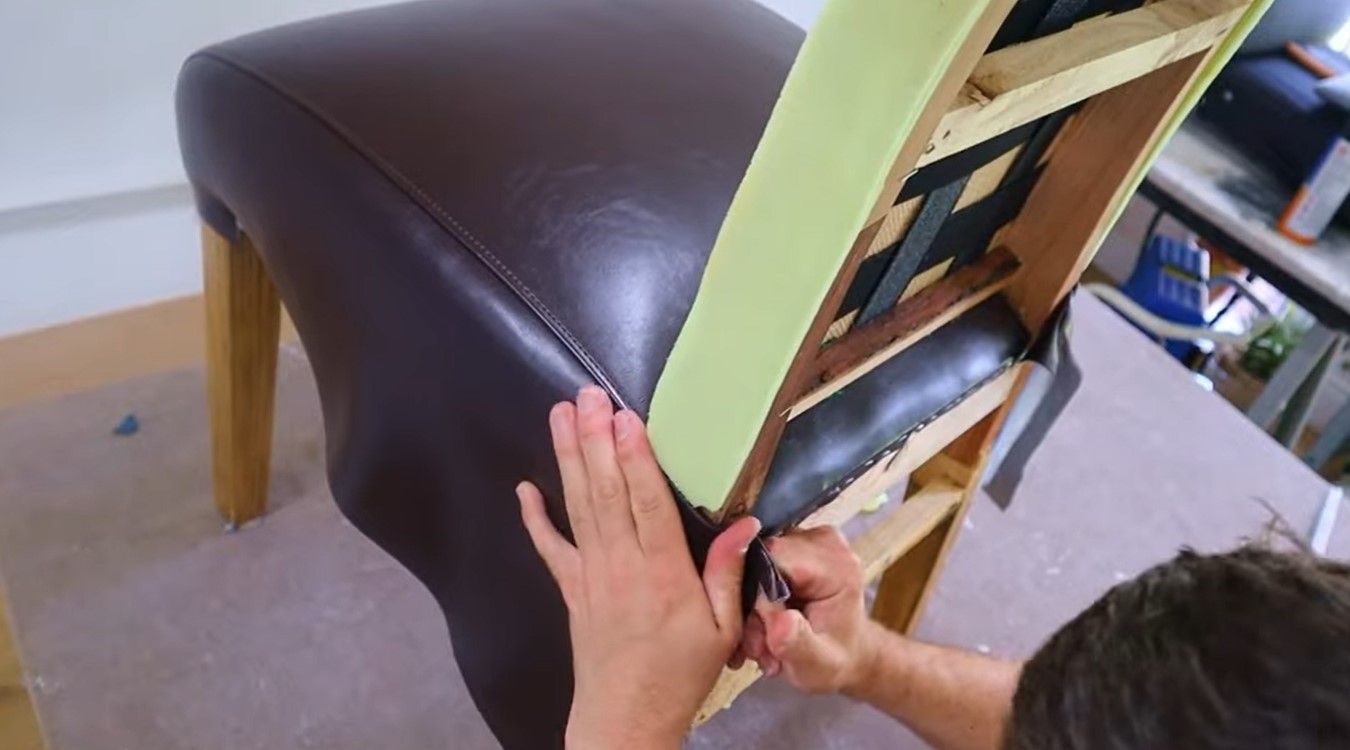
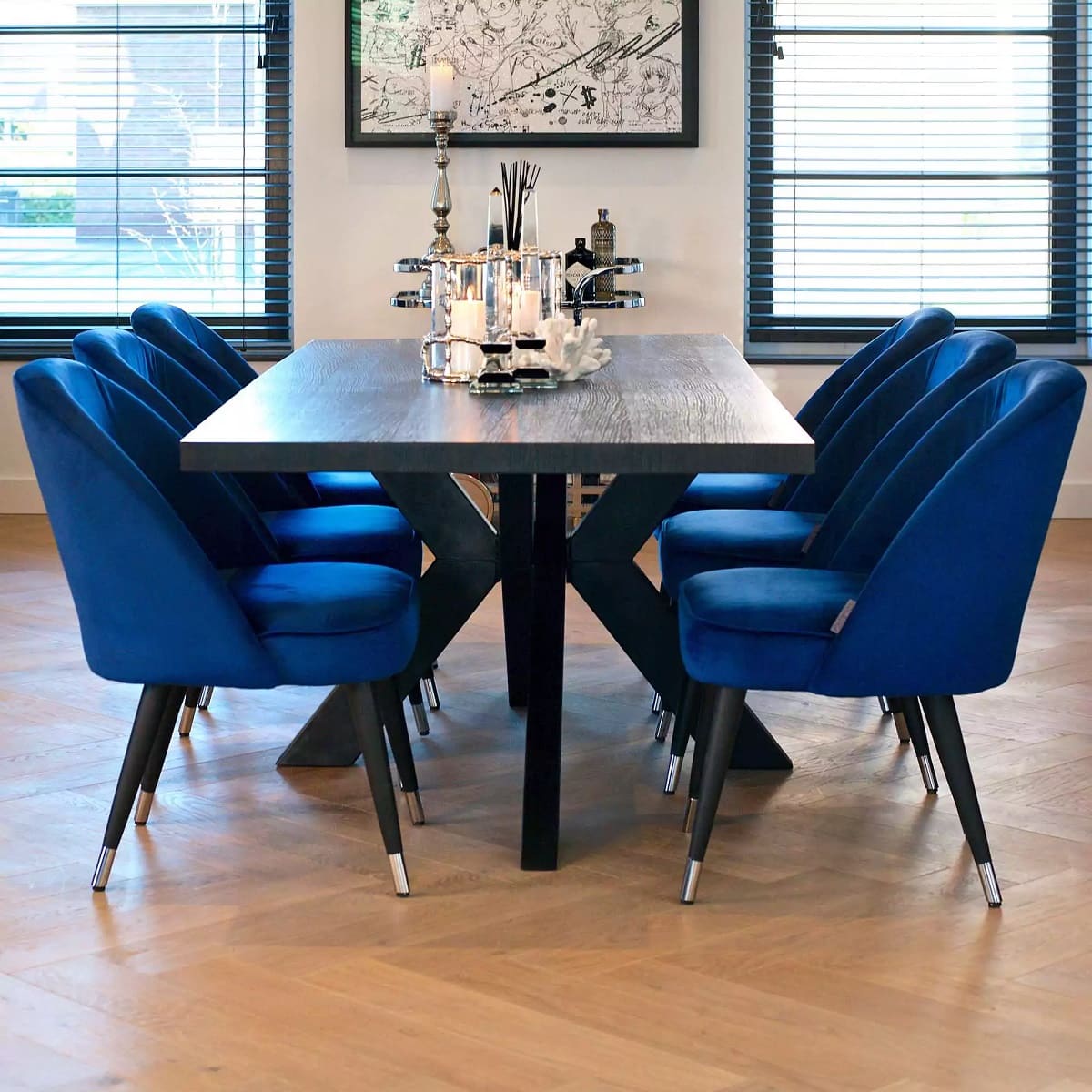
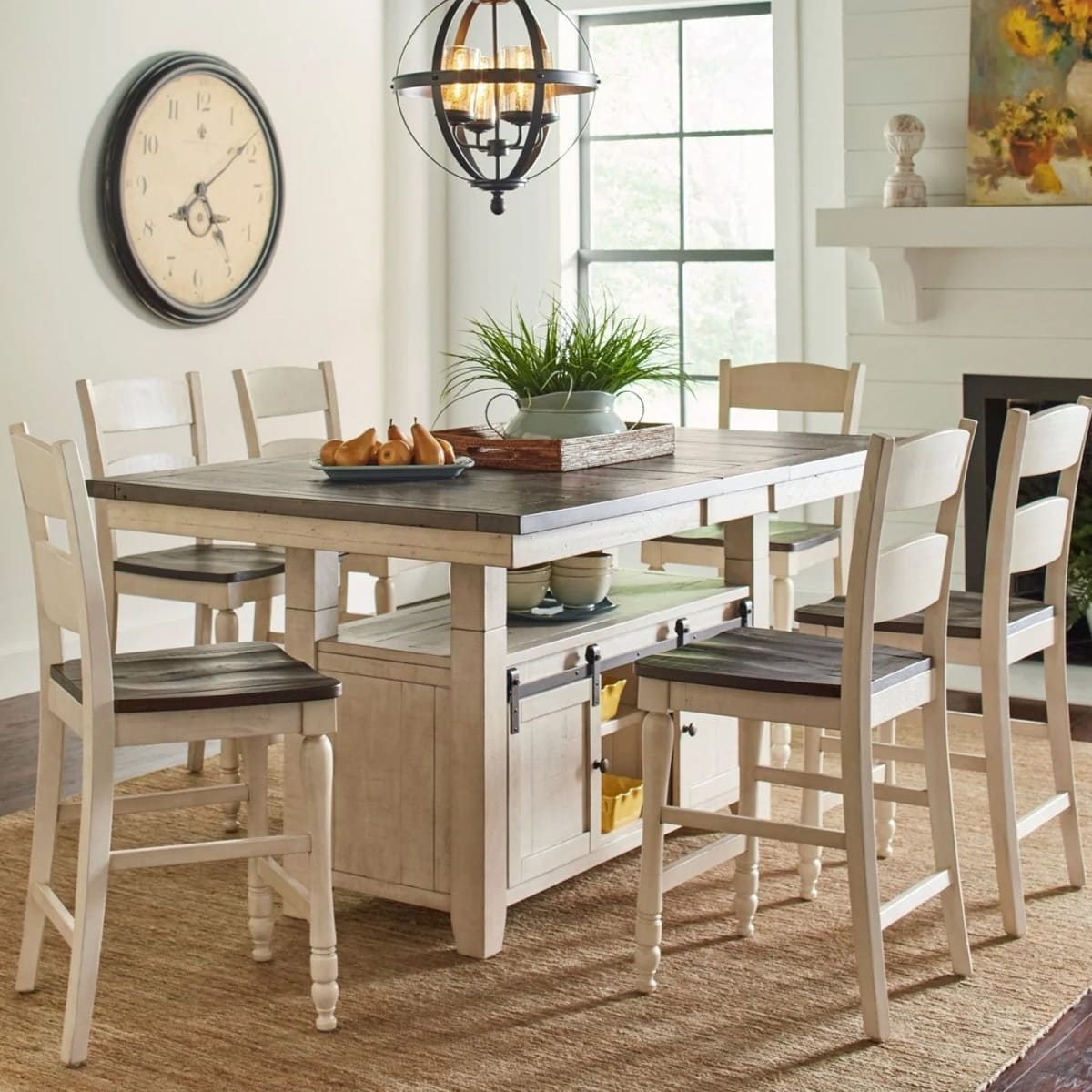

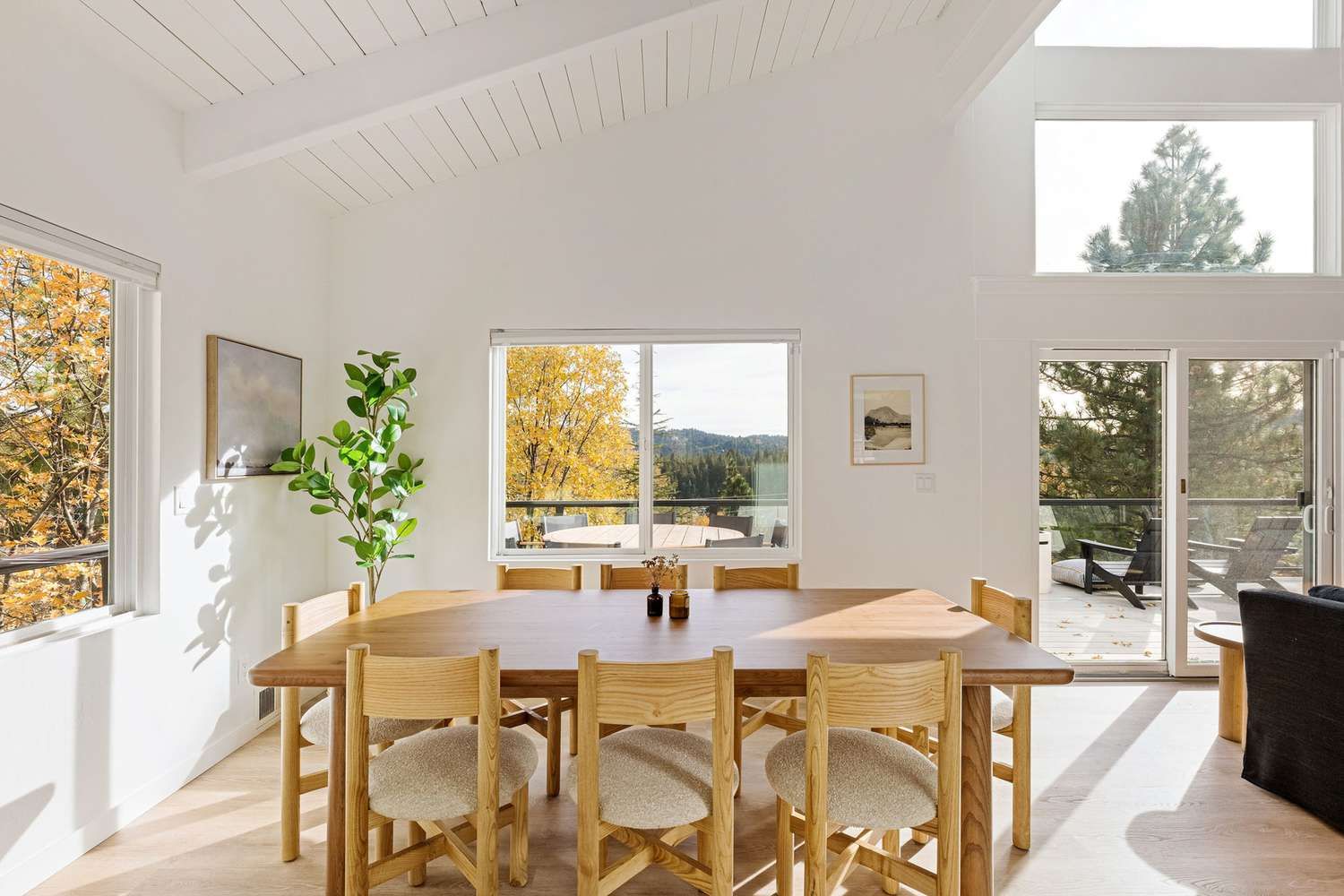

0 thoughts on “How To Pick Chairs For A Dining Table”